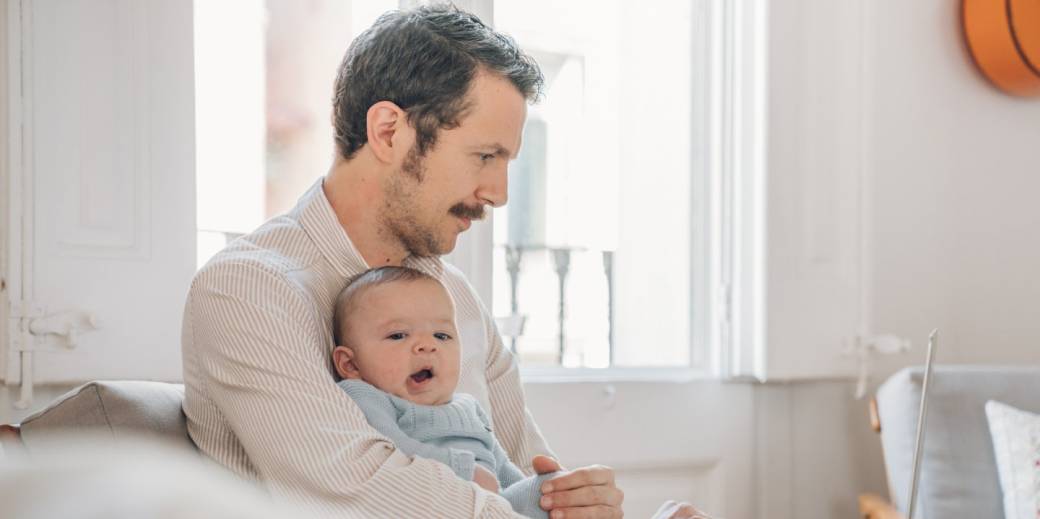Getting to know the human behind the client
16 June, 2020 Reading: 2:54 mins
I lead my first ‘lockdown’ pitch over Microsoft Teams last month for a global tech company and I had huge reservations about the whole pitch process. Would the Wi-Fi hold out? Would the client be able to hear me? Would someone walk in and start hoovering the carpet at any moment?

I lead my first ‘lockdown’ pitch over Microsoft Teams last month for a global tech company and I had huge reservations about the whole pitch process. Would the Wi-Fi hold out? Would the client be able to hear me? Would someone walk in and start hoovering the carpet at any moment?
All these relatively, uncontrollable hurdles that can add up to additional pre-pitch nerves got me thinking: why am I getting so worked up about this? We’re currently living history and ‘all in this together’ experiencing similar issues. In fact, I now think these simple life obstructions can help humanise the traditional board room pitch culture and ultimately help us to build stronger bonds with clients.
Time and time again, I’ve pitched to potential clients in a board room setting and tried to read the room, understand body language and tried to spark the chemistry in order to inform my approach. But how much do we really get to know the human behind the client in these 45-minute high pressured scenarios? Arguably not very much.
Working from home for the last two months, and seeing life map out on the screen in front of me, has taught me more about the individual than the ‘real time’ boardroom pitch ever has done previously. I’m sure we all remember the hysterical BBC interview with professor Robert Kelly and the invasion of his two children, followed by his wife’s heroic efforts to remove the young intruders from view.
This is a great example of these ordinary, but authentic moments, that are happening all over the world as we speak. It doesn’t matter whether you’re the CEO of a FTSE 100 company or an ecommerce start-up, for the first time, many people are fitting work around their lives, rather than vice versa.
The working world is entering a new phase, with less business travel, less routine but more conversation and a deeper understanding of the challenges and the lives we’re all leading. The pandemic has meant people can spend more time with their families, be more productive with their day, exercise more and cut out the long commute – and be more ‘human’.
As marketers, we’re in the relationship game. Marketing and communications are a partnership, whether that be client and agency, or freelancer and brand, we all collaborate to inform decision making.
So, has covid-19 fragmented the communication process? Functionally, for a short period maybe. However fundamentally, no. I’ve seen the ‘real’ people – I truly believe that either pitching to, or meeting, people ‘virtually’ has allowed us all to see beyond the corporate mask, beyond the work personas. Seeing a client, or indeed potential client, in their home environment where they’re more relaxed, or where things go wrong, adds to an atmosphere which organically enables ideas to happen and helps us to forge better relationships. And, understanding the individual on a personal level, no matter how small, helps to foster stronger connections and generate better results.
DISCALIMER: we won that lockdown pitch by the way; I wouldn’t be so confident about this blog if we had lost!